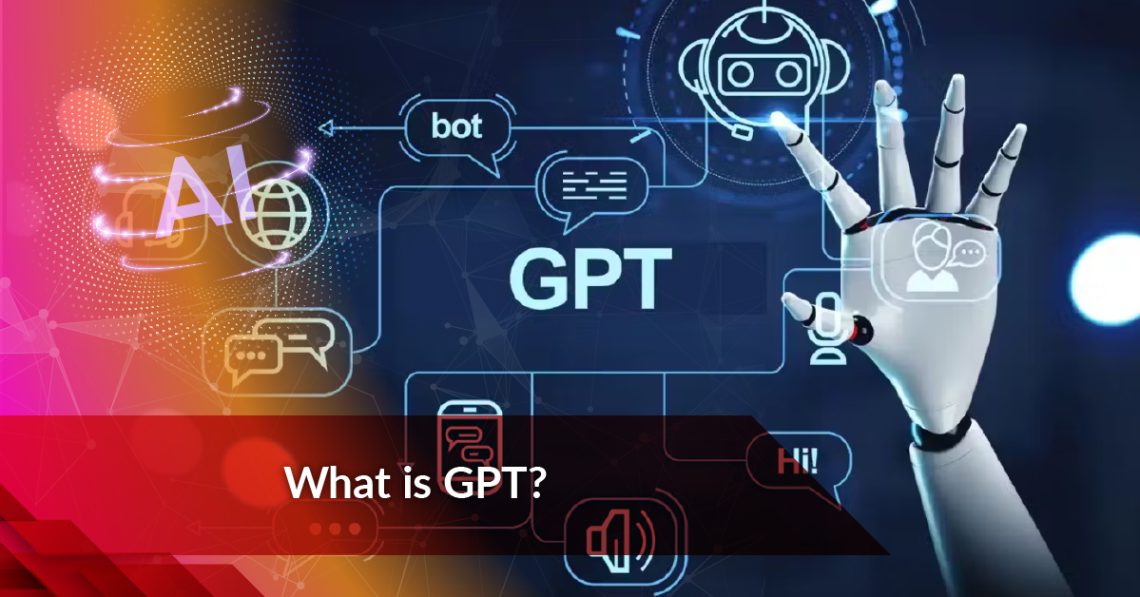GPT, or Generative Pre-trained Transformer, is a type of artificial intelligence model developed by OpenAI. It’s designed for understanding and generating human-like text based on the input it receives. Here’s a brief overview of what GPT is and how it works:
Key Features of GPT
Generative: GPT generates text that is coherent and contextually relevant based on the input it receives. It can create new content, such as writing essays, answering questions, or generating dialogue.
Pre-trained: Before being fine-tuned for specific tasks, GPT is trained on a diverse range of internet text. This pre-training helps the model understand language patterns, context, and general knowledge.
Transformer Architecture: GPT uses the transformer architecture, which is highly effective for handling and generating sequences of text. This architecture allows the model to pay attention to different parts of the input text and understand context and relationships between words.
How GPT works
Training: GPT is initially trained on a large dataset of text from the internet. This training involves predicting the next word in a sentence given the previous words, which helps the model learn grammar, facts, and some reasoning abilities.
Fine-Tuning: After the initial training, GPT can be fine-tuned on specific datasets or for particular applications to improve its performance in certain areas, such as customer service or content creation.
Inference: When you provide GPT with a prompt or question, it generates a response based on patterns it has learned during training. The model uses its understanding of language to produce text that aligns with the input context.
Applications of GPT
Conversational Agents: GPT can be used to create chatbots or virtual assistants that interact with users in a natural and human-like manner.
Content Creation: It can generate articles, blog posts, or creative writing, assisting in content creation and brainstorming.
Language Translation: GPT can aid in translating text between languages by understanding and generating translations contextually.
Customer Support: Businesses use GPT-powered systems to handle customer inquiries, provide information, and offer support through automated responses.
Educational Tools: GPT can be used to create educational content, tutoring systems, and interactive learning experiences.
Creative Projects: It can assist in generating poetry, stories, and other forms of creative writing.
Versions of GPT
GPT-1: The first version of GPT, which laid the groundwork for using transformers in language models.
GPT-2: An improved version with larger scale and better performance, capable of generating more coherent and contextually relevant text.
GPT-3: Known for its large size and advanced capabilities, GPT-3 can handle a wide range of tasks with high-quality responses and versatility.
GPT-4: The latest version, offering further advancements in text generation, understanding, and contextual awareness.
GPT and its successors represent significant progress in AI language models, enabling a wide range of applications and contributing to advancements in natural language processing.





